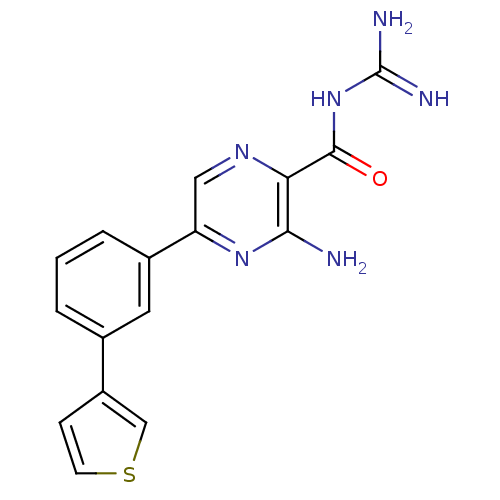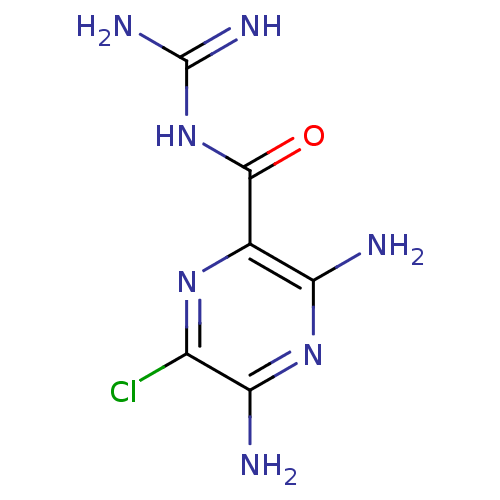Affinity DataIC50: 490nMAssay Description:Inhibition of ASIC3 (unknown origin) assessed as inhibition of peak current by patch clamp electrophisiologyMore data for this Ligand-Target Pair
Affinity DataIC50: 510nMAssay Description:Inhibition of ASIC3 (unknown origin) assessed as inhibition of peak current by patch clamp electrophisiologyMore data for this Ligand-Target Pair
Affinity DataIC50: 640nMAssay Description:Inhibition of ASIC3 (unknown origin) assessed as inhibition of peak current by patch clamp electrophisiologyMore data for this Ligand-Target Pair
Affinity DataIC50: 950nMAssay Description:Inhibition of rat ASIC3 assessed as inhibition of peak current by patch clamp electrophisiologyMore data for this Ligand-Target Pair
Affinity DataIC50: 4.40E+3nMAssay Description:Inhibition of ASIC3 (unknown origin) assessed as inhibition of peak current by patch clamp electrophisiologyMore data for this Ligand-Target Pair




